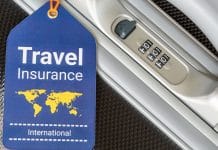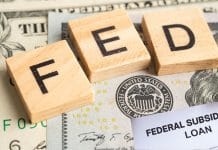Are you drowning in credit card debt and desperately searching for a lifeline? You’re not alone. Millions of Americans struggle with mounting credit card balances that seem impossible to overcome. The good news? Credit card debt forgiveness options exist that could potentially reduce what you owe and help you regain your financial footing.
What Is Credit Card Debt Forgiveness?
Credit card debt forgiveness occurs when a creditor agrees to let you pay less than your total balance. Rather than continuing the cycle of minimum payments and growing interest, debt forgiveness creates a path to eliminate your debt by paying a portion of what you owe.
Think of it this way: If you owe $15,000 in credit card debt, a successful debt forgiveness arrangement might allow you to settle that debt for $7,500-$9,000, saving you thousands of dollars.
“Debt forgiveness isn’t a gift—it’s a business decision by creditors who realize getting something is better than getting nothing.” – Financial Recovery Institute
Types of Credit Card Debt Forgiveness Programs
| Program Type | How It Works | Potential Savings | Impact on Credit |
| Debt Settlement | Negotiate to pay a lump sum less than what you owe | 30-50% of the balance | Significant negative impact for 7 years |
| Debt Management Plan | Work with counselors to create payment plans | Minimal principal reduction, but lower interest | Minor negative impact |
| Bankruptcy (Ch. 7) | Legal process to discharge qualifying debts | Up to 100% of unsecured debt | Severe impact for 10 years |
| Hardship Programs | Creditor programs for temporary hardship | Varies by creditor | Varies depending on reporting |
| Nonprofit Credit Counseling | Educational and management support | Interest reduction, fee waivers | Generally positive if payments are made |
Do You Qualify for Credit Card Debt Forgiveness?
Not everyone qualifies for debt forgiveness. Creditors typically look for:
- Significant financial hardship (job loss, medical crisis, divorce)
- Debt delinquency (usually 3+ months behind on payments)
- Demonstrated inability to pay the full amount
- Lump sum availability (for settlement options)
Jim from Denver shares: “After my medical emergency left me with $23,000 in credit card debt, I thought I’d never recover. Through a debt settlement program, I paid $13,800 and eliminated all my credit card debt. It wasn’t easy, but three years later, my credit is recovering.”
The Step-by-Step Process to Credit Card Debt Forgiveness
1. Assess Your Financial Situation
Take inventory of all your debts, including:
- Total balances
- Interest rates
- Minimum payments
- Delinquency status
2. Explore Your Options
Based on your situation, determine which forgiveness option makes the most sense:
- DIY Debt Settlement: For those confident in negotiation
- Professional Debt Settlement: Companies negotiate on your behalf
- Credit Counseling: For those who need guidance but can still make payments
- Bankruptcy: For overwhelming debt with no realistic repayment path
3. Create Your Action Plan
Once you’ve chosen your path:
For DIY Settlement:
- Stop paying the creditor (understand this will damage your credit)
- Save money for a lump-sum offer (aim for 30-50% of the balance)
- Contact creditors after 3-6 months of non-payment
- Get all agreements in writing before sending payment
For Professional Help:
- Research reputable companies with the Better Business Bureau
- Understand all fees before signing any agreement
- Be prepared for a 2-4 year process
[Insert image: Person reviewing debt settlement options with a financial advisor]
The Hidden Costs of Debt Forgiveness
Before pursuing forgiveness, understand these potential consequences:
Tax Implications
The IRS generally considers forgiven debt as taxable income. If a creditor forgives $10,000 of your debt, you might owe taxes on that $10,000 at your normal income tax rate.
Important: Request a Form 1099-C from your creditor for any forgiven amount over $600, and consult a tax professional about potential exceptions like insolvency.
Credit Score Impact
Debt settlement typically causes your credit score to drop significantly, often by 100+ points. This occurs because:
- Settlements are usually reported as “settled for less than the full amount.”
- The process typically involves missed payments
- Your credit utilization ratio is affected
Most negative information remains on your credit report for seven years.
Legitimate Alternatives to Consider
| Alternative | Best For | Key Benefit | Potential Drawback |
| Debt Consolidation Loan | Those with good credit | Lower interest rate | Requires qualifying credit |
| Balance Transfer Card | Those with good credit | 0% intro period (12-21 months) | Transfer fee:; high rates after promo |
| Debt Management Plan | Those who can make reduced payments | Lower interest, waived fees | Monthly program fees: 3-5 year commitment |
| Home Equity Loan | Homeowners with equity | Lower interest, tax-deductible interest | Risk of foreclosure |
| 401(k) Loan | Those with retirement savings | No credit check, lower interest | Reduced retirement savings |
Avoiding Debt Relief Scams
Unfortunately, the debt relief industry attracts its share of scammers. Red flags include:
- Demanding upfront fees before any debts are settled
- Guaranteeing to remove all negative information from your credit report
- Promising “new government programs” for credit card relief
- Instructing you to stop communicating with creditors without explanation
- High-pressure sales tactics
Maria from Texas warns: “I lost $3,000 to a company that promised to eliminate my debt. They took monthly payments but never contacted my creditors. Always research companies through the Better Business Bureau and your state’s attorney general’s office.”
After Debt Forgiveness: Rebuilding Your Financial Life
Once you’ve addressed your debt through forgiveness:
- Create an emergency fund (aim for 3-6 months of expenses)
- Develop a sustainable budget using the 50/30/20 rule:
- 50% for needs
- 30% for wants
- 20% for savings and debt repayment
- Rebuild your credit:
- Consider a secured credit card
- Make all payments on time
- Keep credit utilization under 30%
- Monitor your credit report regularly
[Insert image: Graph showing credit score improvement over time after debt settlement]
Is Credit Card Debt Forgiveness Right For You?
Debt forgiveness isn’t for everyone. Consider these questions:
- Have you exhausted other options like budgeting and debt snowball/avalanche methods?
- Can you accept the credit impact of debt settlement?
- Do you understand the potential tax consequences?
- Are you committed to changing the financial habits that led to debt?
The Bottom Line
Credit card debt forgiveness can provide much-needed relief when you’re truly unable to repay what you owe. However, it comes with significant trade-offs in terms of credit impact and potential tax liability.
For many Americans facing overwhelming debt, the temporary credit damage is worth the financial fresh start. The key is making an informed decision based on your unique situation and committing to healthier financial habits moving forward.
If you’re struggling with credit card debt, consider talking to a nonprofit credit counselor from the National Foundation for Credit Counseling before making any decisions. Their free or low-cost consultations can help you understand all your options.
Remember: No matter how deep in debt you are today, a path to financial recovery exists. The journey may be challenging, but freedom from crushing debt is worth the effort.

























